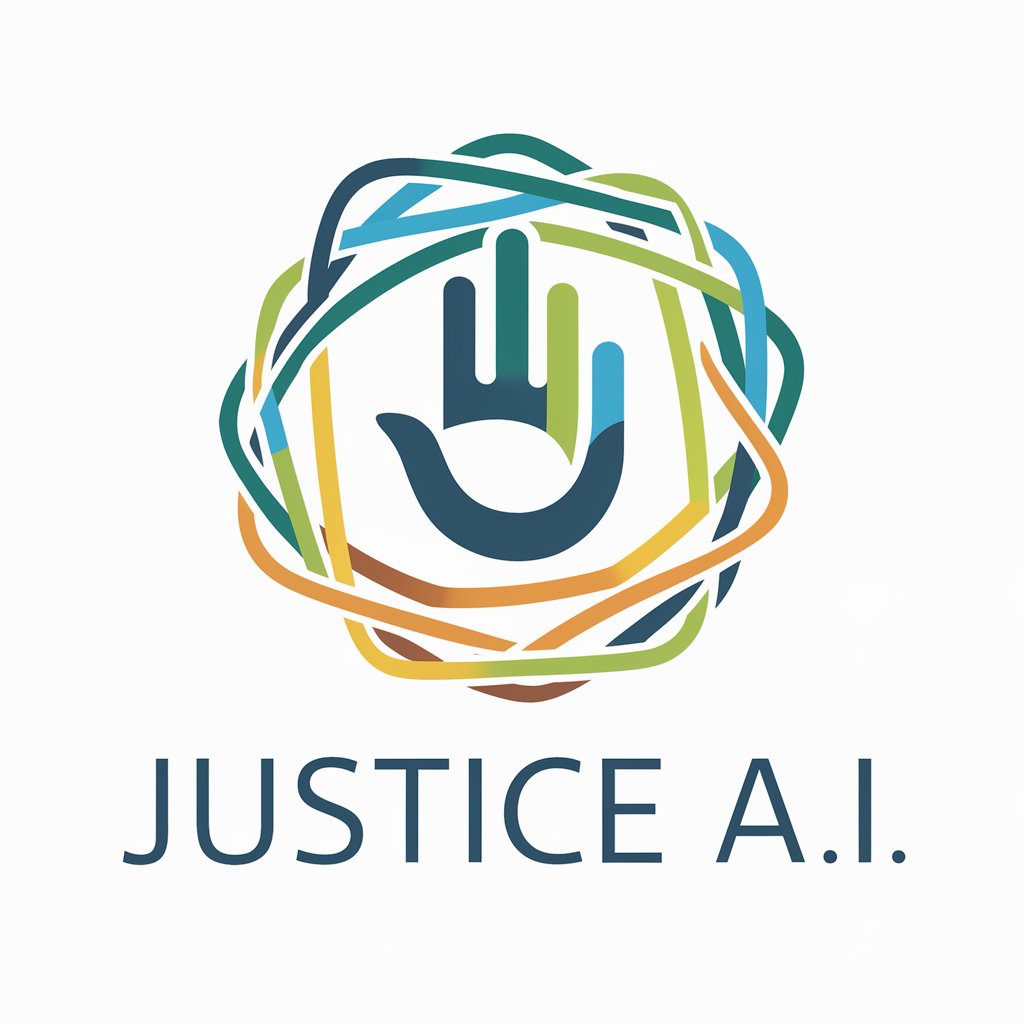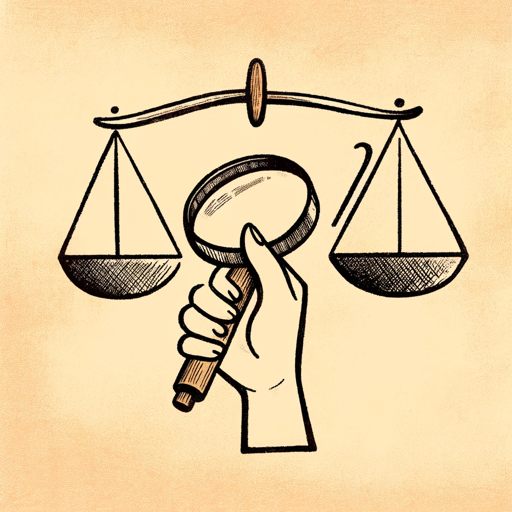
Inclusivity Guideline Check - Inclusive Content Enhancement

Hi there! Let's make your content inclusive and accessible.
Empowering inclusivity in digital content.
How can I make my content more inclusive for different audiences?
What are some ways to ensure my writing is accessible to everyone?
Can you help me rewrite this text to be more gender-neutral?
What are the best practices for using identity-first language in my content?
Get Embed Code
Overview of Inclusivity Guideline Check
Inclusivity Guideline Check is designed to assist users in creating content that is inclusive and respectful of diverse identities. Its core purpose is to enhance written communication by ensuring it adheres to inclusive practices, focusing on areas such as identity-first language, accessible language, and the avoidance of deficit-based language. For example, if a user writes a blog post using the term 'disabled person', Inclusivity Guideline Check might suggest revising this to 'person with a disability' to emphasize the person first, unless the community in question prefers identity-first language (e.g., 'autistic person'). The tool also helps in modifying language to be more accessible, suggesting explanations for acronyms and avoiding complex jargon that might alienate readers who are unfamiliar with the topic. Powered by ChatGPT-4o。

Key Functions of Inclusivity Guideline Check
Promoting Identity-First and Person-First Language
Example
Changing 'the autistic' to 'people with autism' or 'autistic individuals', depending on community preference.
Scenario
In an educational pamphlet discussing neurodiversity, ensuring language aligns with preferred identity descriptions.
Ensuring Accessible Language Usage
Example
Replacing 'COPD' with 'Chronic Obstructive Pulmonary Disease (COPD)' upon first use in text.
Scenario
In health communication materials, making sure all readers understand the medical abbreviations used.
Advising on Gender-Neutral Language
Example
Substituting 'firemen' with 'firefighters' to avoid gender-specific terms.
Scenario
In job descriptions or recruitment materials, ensuring language does not imply gender bias.
Avoiding Deficit-Based Language
Example
Changing 'suffers from bipolar disorder' to 'has bipolar disorder' to remove suffering implications.
Scenario
In mental health awareness content, portraying individuals with respect and without stigmatization.
Ideal Users of Inclusivity Guideline Check
Content Creators
Bloggers, writers, marketers, and social media managers who need to ensure their content is inclusive and accessible. They benefit from guidance on language that respects all identities and abilities, helping them reach a broader audience effectively.
Educational Institutions
Schools, universities, and educational content developers looking to ensure their materials do not exclude any group based on language use. This promotes an educational environment that is welcoming and inclusive to all students.
Corporate HR Departments
Human resources professionals aiming to make internal communications and job postings inclusive. This helps in promoting diversity and inclusion within the workplace and in attracting a diverse pool of job applicants.
Healthcare Providers
Medical professionals and health communicators who need to make their written materials understandable and respectful to patients of all backgrounds. This ensures that health information is accessible and does not inadvertently alienate or stigmatize patients.

How to Use Inclusivity Guideline Check
1
Start by heading to yeschat.ai to explore Inclusivity Guideline Check without the need for signing in or a ChatGPT Plus subscription.
2
Input your text into the provided text box. This could be anything from an article draft, social media post, to academic papers that you wish to make more inclusive.
3
Choose the specific inclusivity guidelines you're interested in, such as gender-neutral language or accessible language, if the option is available.
4
Submit your text for analysis. The tool will then provide feedback on how to adjust your content to be more inclusive, highlighting areas for improvement.
5
Use the provided suggestions to edit your text. For optimal results, consider each recommendation and how it aligns with your intended message and audience.
Try other advanced and practical GPTs
Finance Guideline
Empower Your Finances with AI

App Store Guideline
Navigate app submission effortlessly

Video Guideline Guru
Navigating YouTube with AI-Powered Precision
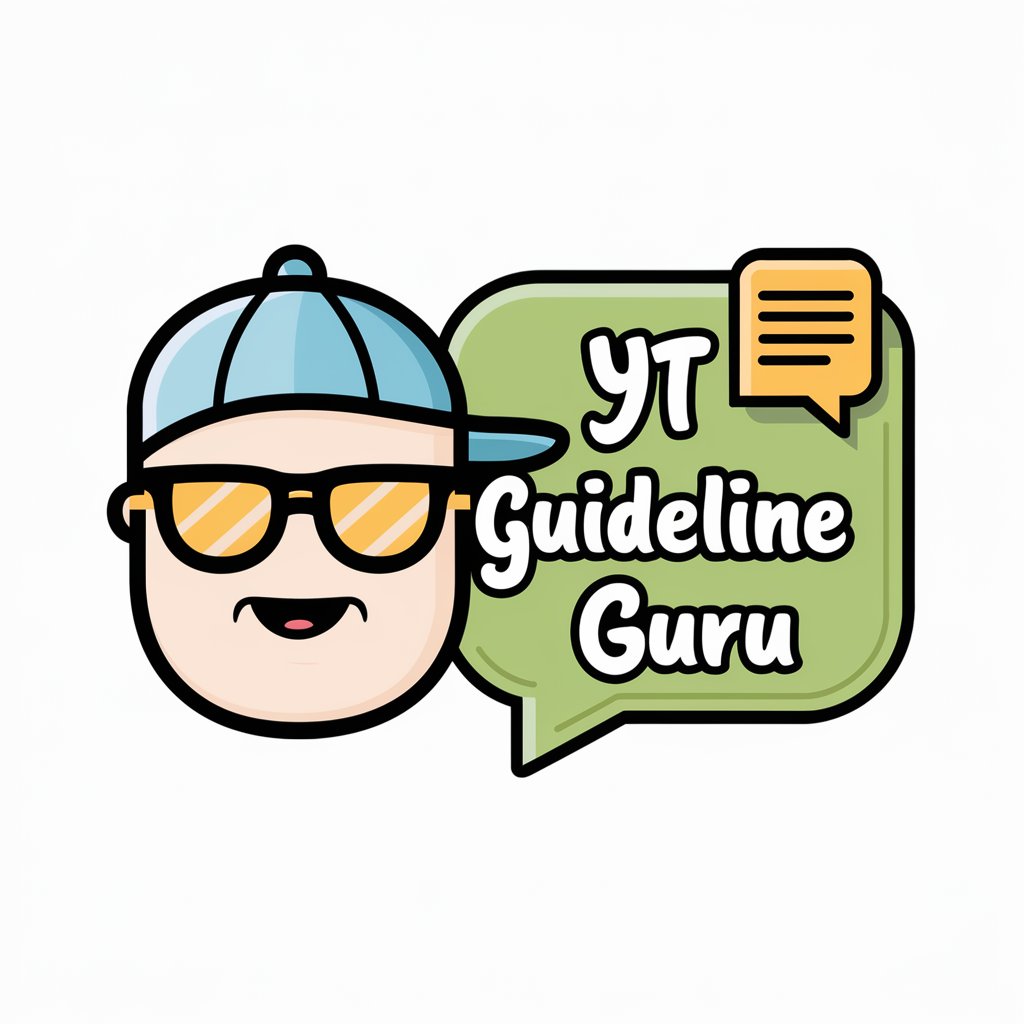
Convert to the word of block diagram
Simplify technical texts into diagram words

Face ID Analyst Mate
Unveil Faces with AI Precision
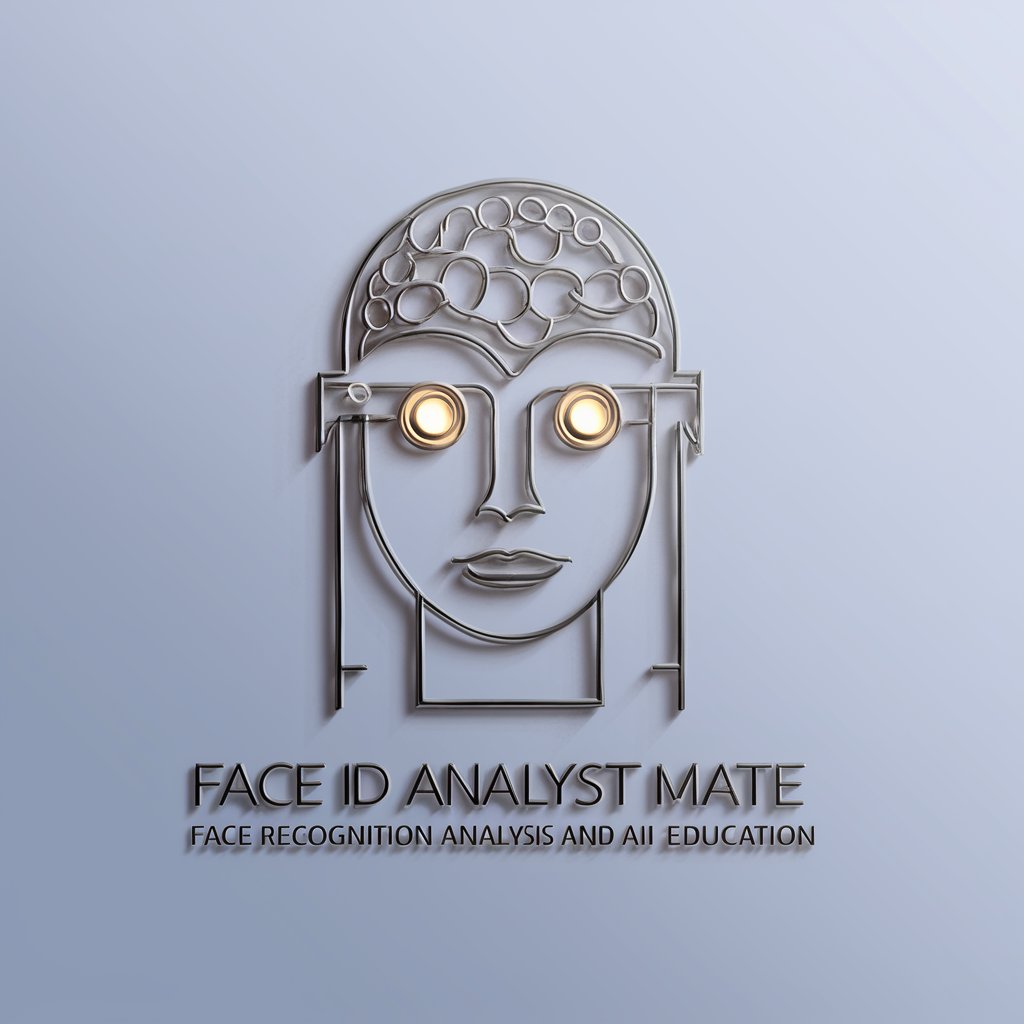
アイコン クリエーター
Design Your Icon with AI Magic
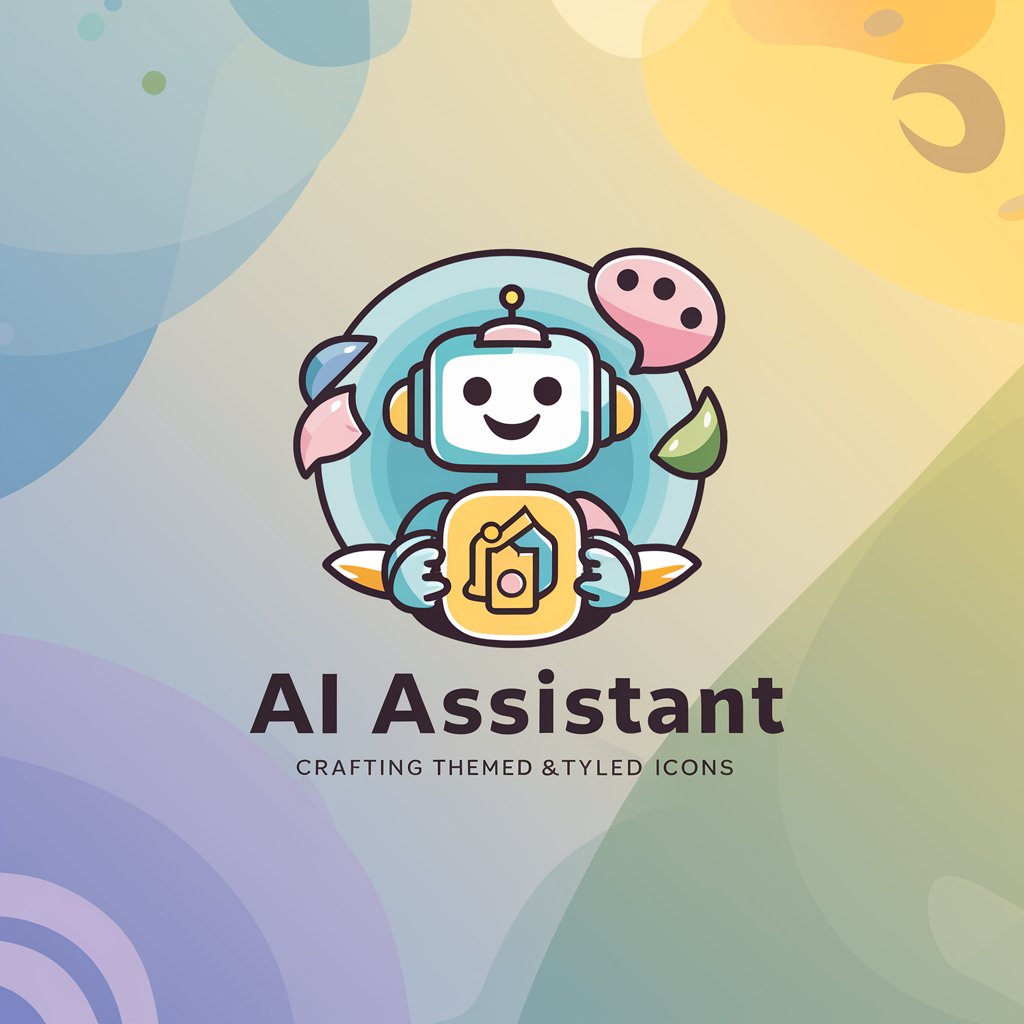
MY Financial Regulatory Guideline
Navigating Malaysian Finance with AI
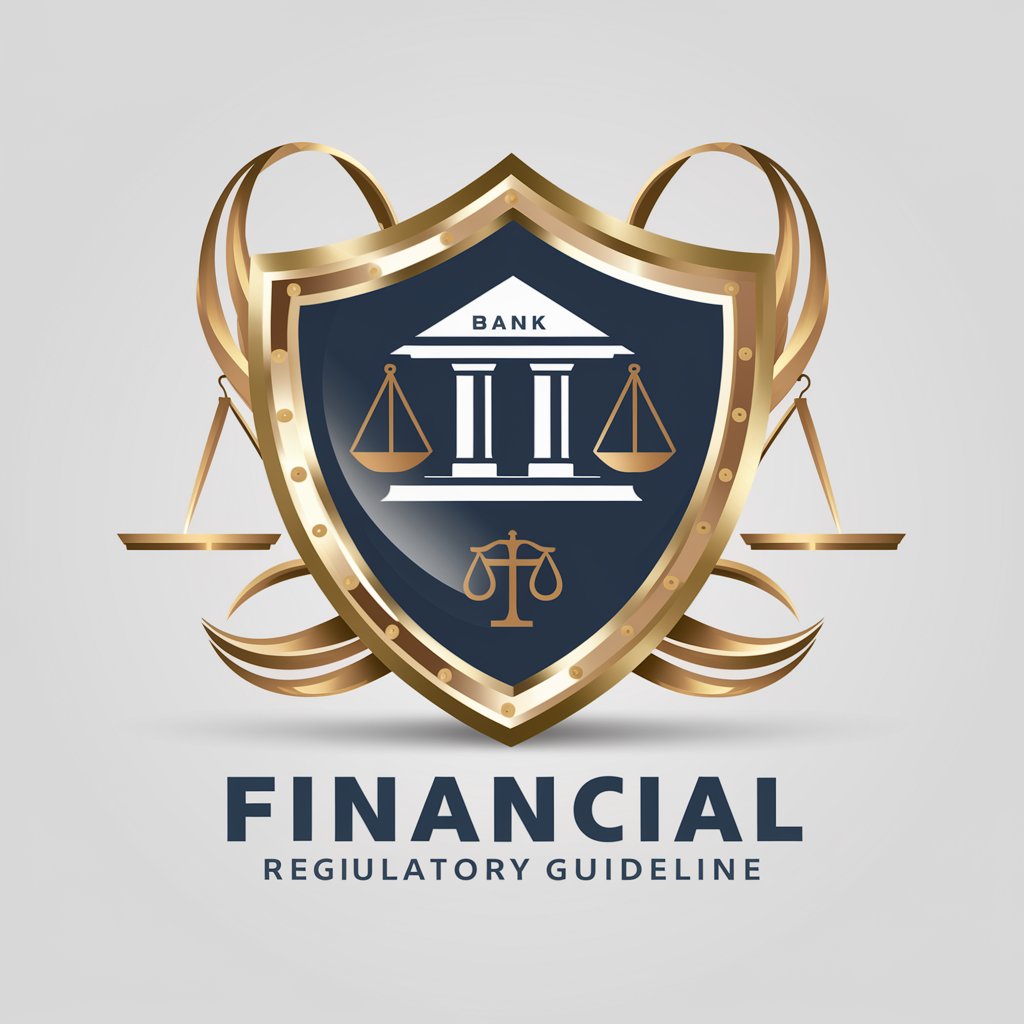
Guideline Guru
Decipher SEO guidelines effortlessly with AI
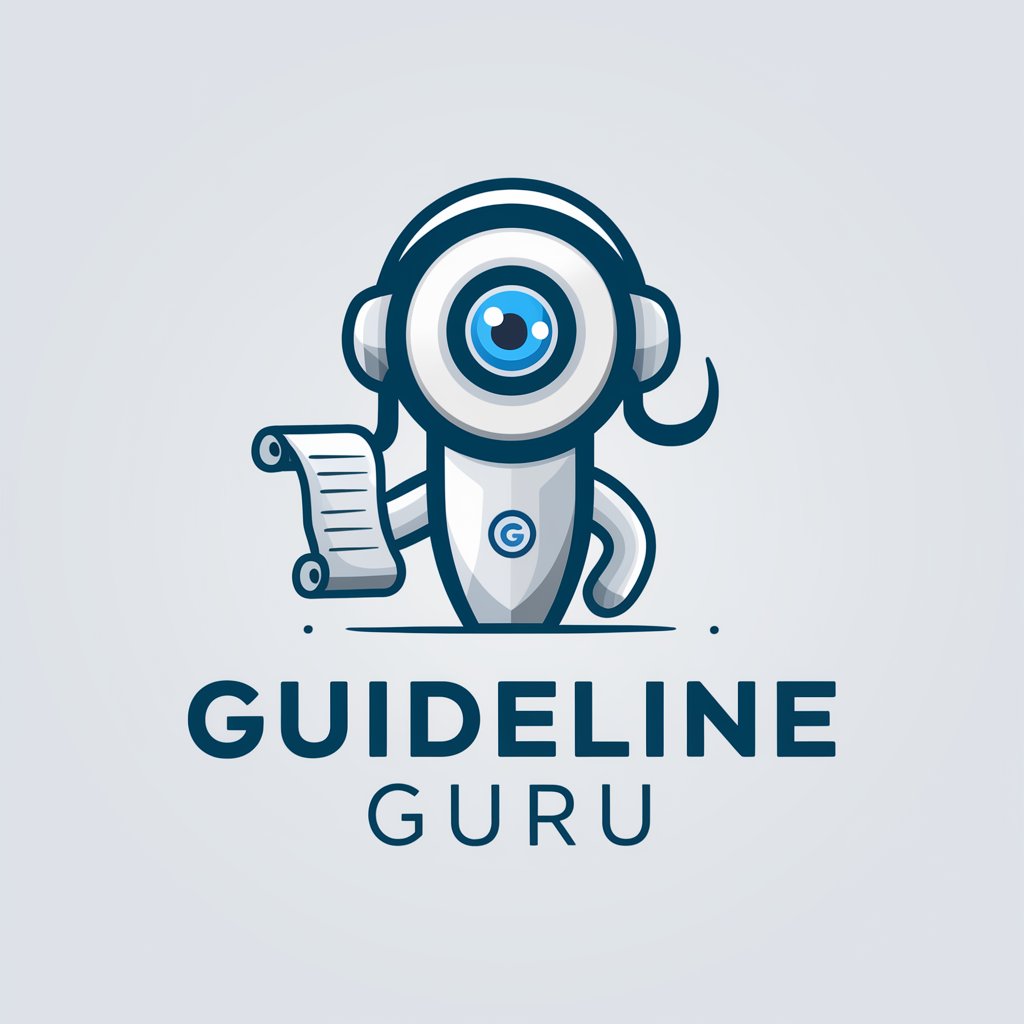
Nov 16 2023 Search Quality Rater Guideline GPT
Elevating Search Quality with AI Insight
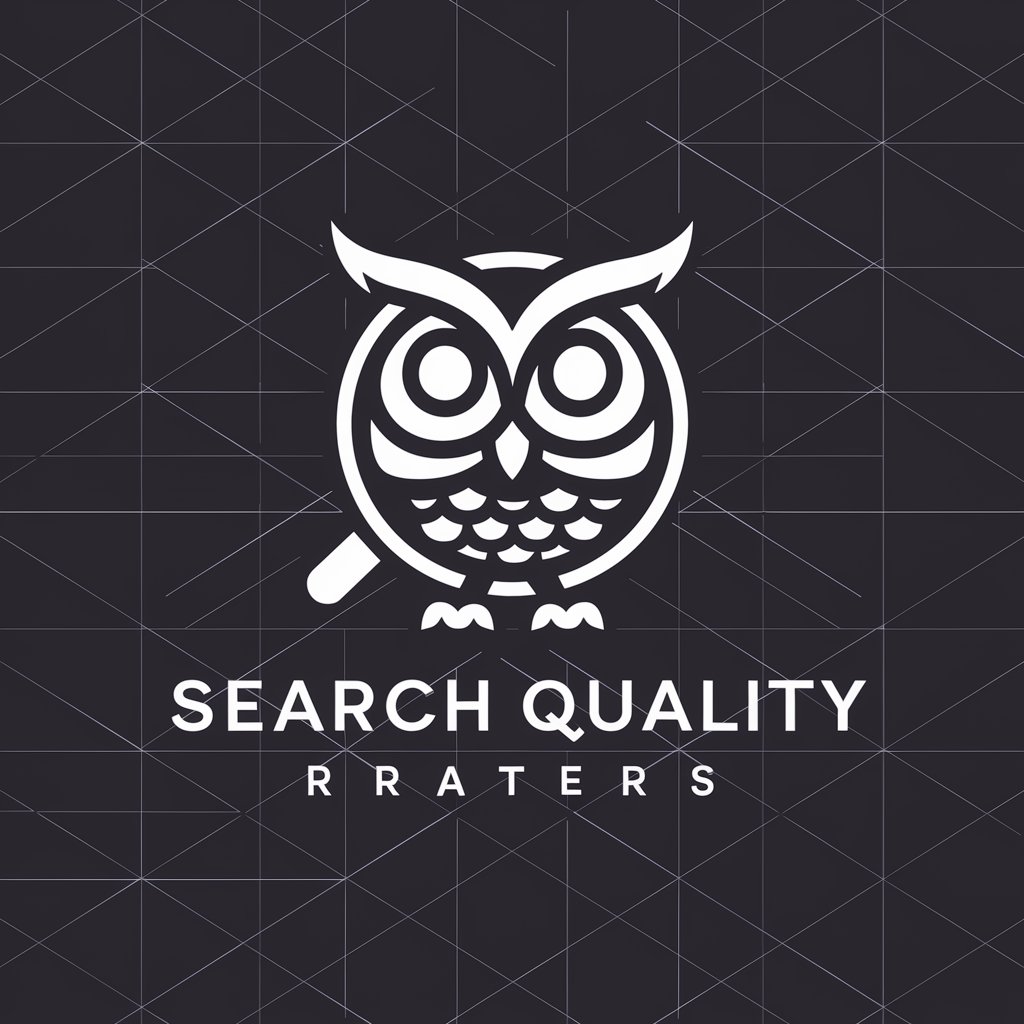
Purrfect Cat Guideline
Custom Cat Care Simplified
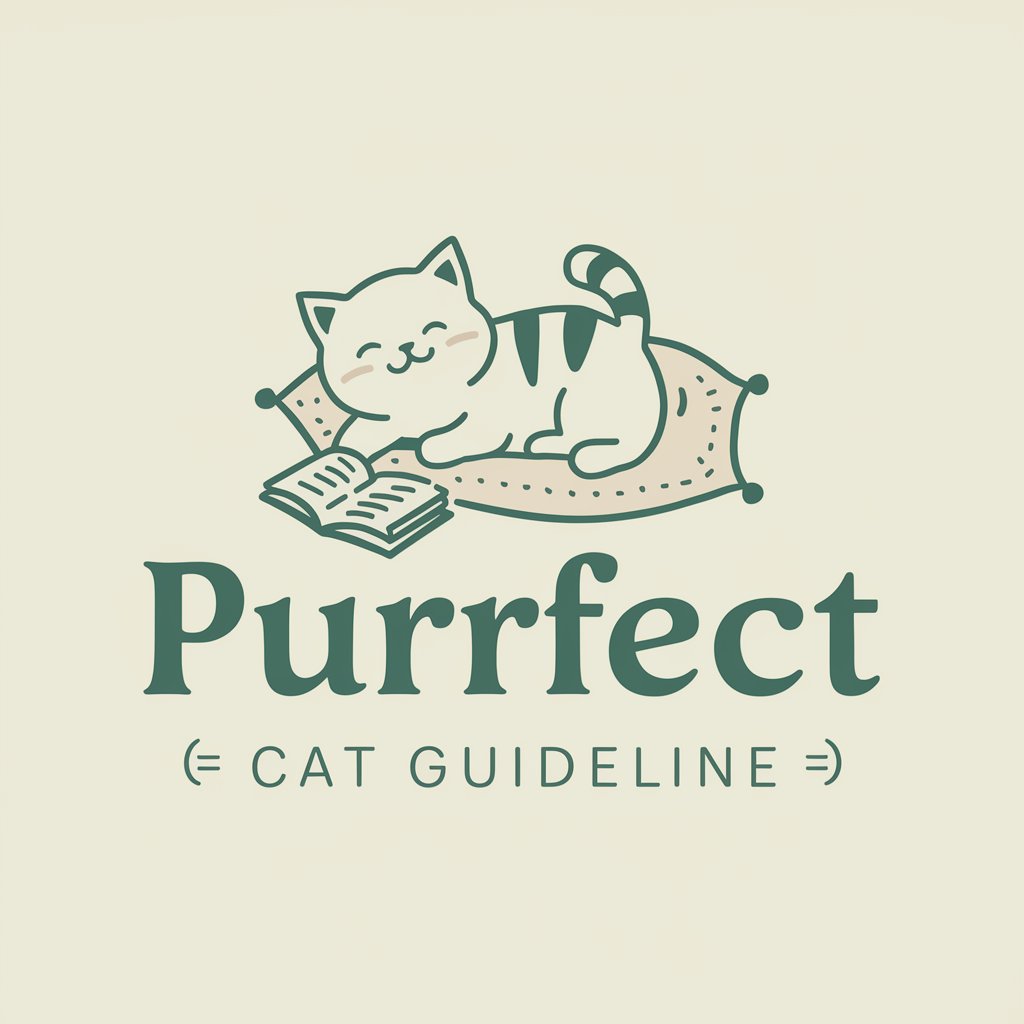
Digital Cortex
Empowering Your SEO with AI

Guardião Digital
AI-powered insights for ethical hacking and cybersecurity
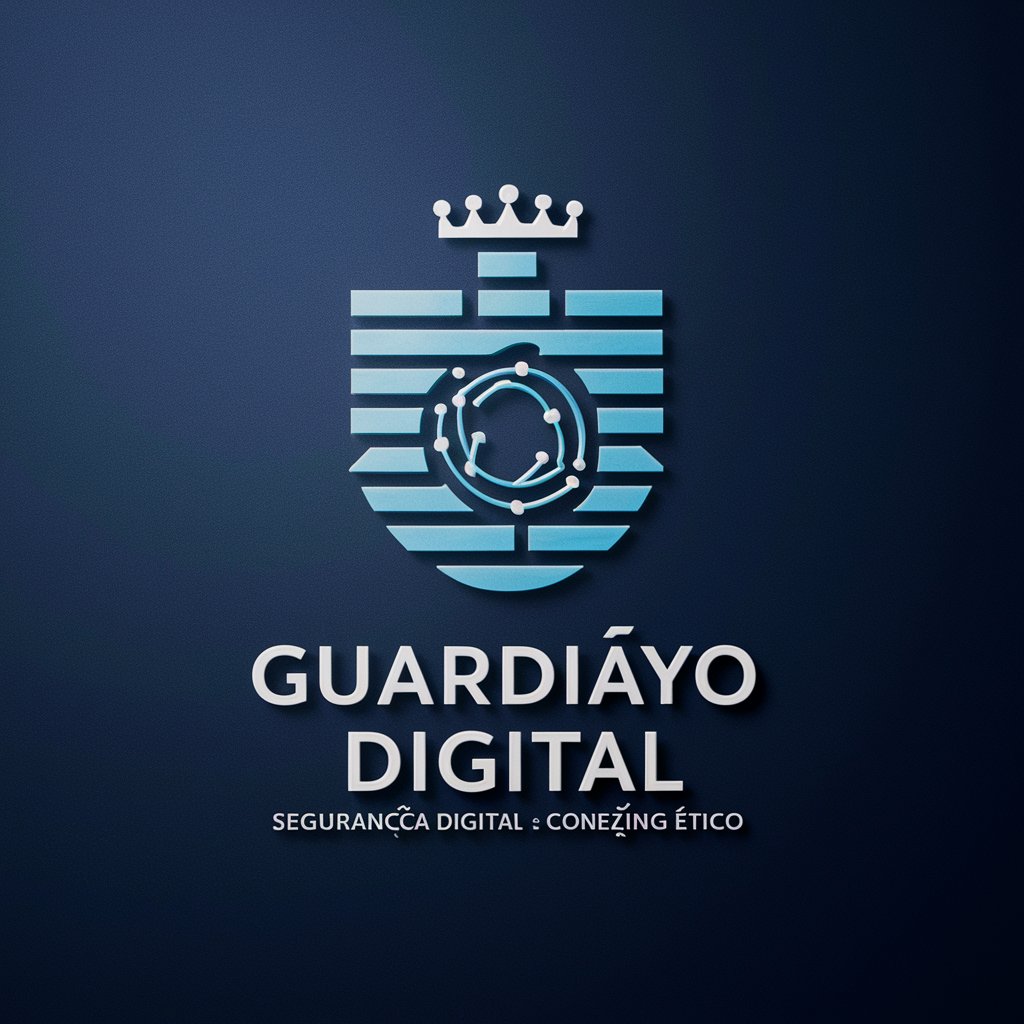
Inclusivity Guideline Check Q&A
What is Inclusivity Guideline Check?
Inclusivity Guideline Check is a specialized tool designed to help users refine their text to adhere to inclusivity standards. It provides suggestions on using identity-first language, promoting gender-neutral language, avoiding deficit-based language, and more, to make content accessible and respectful to all audiences.
Can Inclusivity Guideline Check help with academic writing?
Yes, it can. Inclusivity Guideline Check offers guidance on making academic writing more inclusive by suggesting language that respects and acknowledges diversity, promotes equality, and avoids bias.
Is this tool suitable for checking website content?
Absolutely. Whether you're crafting blog posts, informational pages, or product descriptions, Inclusivity Guideline Check can help ensure your website content is welcoming and inclusive to a broad audience.
How does the tool handle specific industry jargon?
While the tool is designed to promote inclusivity, it understands the context and nuances of different industries. It aims to provide suggestions that maintain the original meaning while making the content more accessible and respectful.
Does the tool offer suggestions for alternative text for images?
Yes, one of its features includes recommending alternative text (alt text) for images to ensure that visual content is accessible to individuals who use screen readers, thereby making your content more inclusive.
